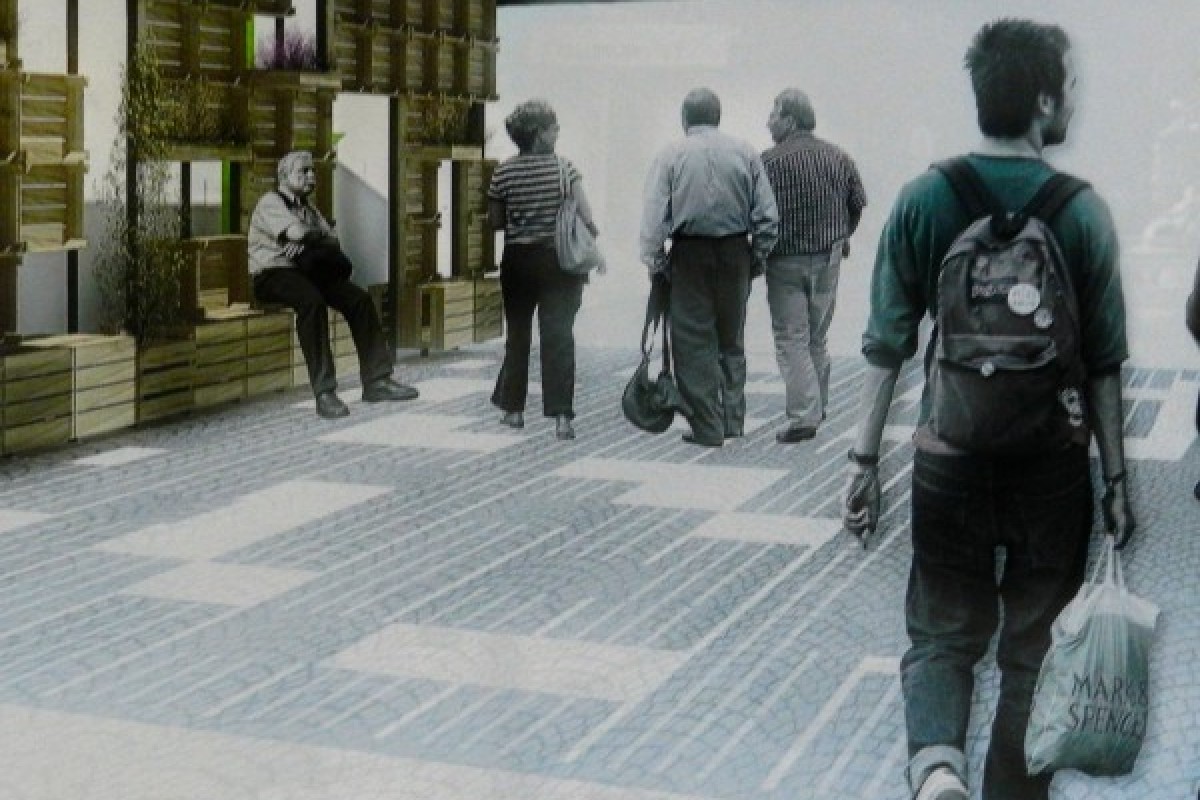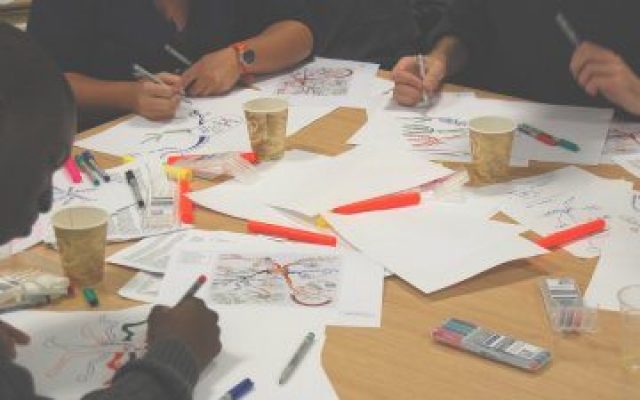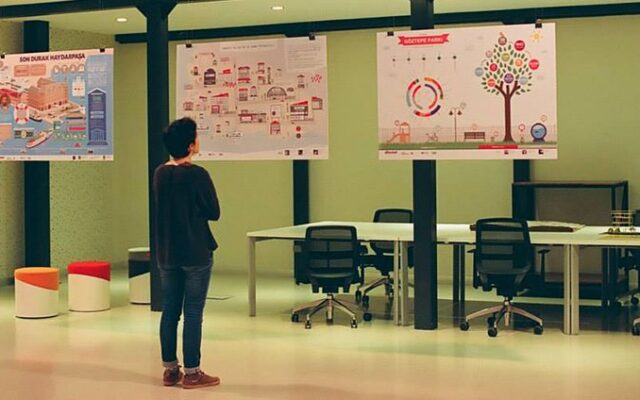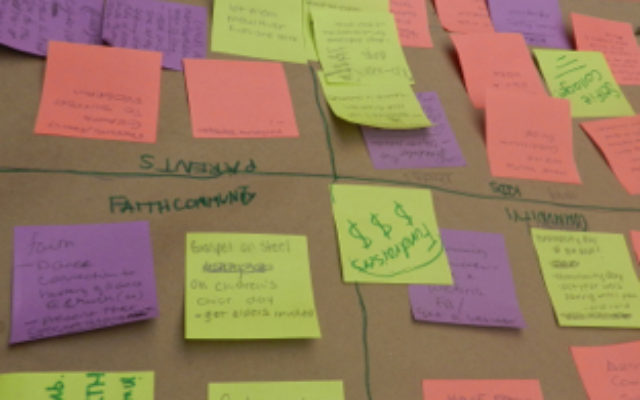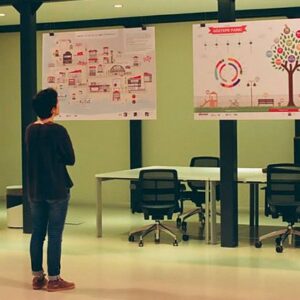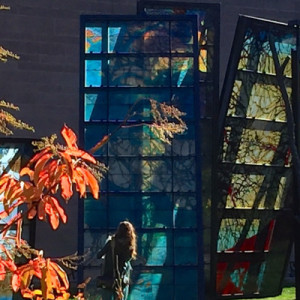What is Design Thinking?
Design thinking is a dynamic and fluid approach to problem solving that has captured the imagination of innovators in education and philanthropy, as well as entrepreneurs around the globe. Originally focused on the exclusive domain of engineering, design thinking has evolved from designing objects to creating innovative solutions for complex social and organizational challenges.
According to David Kelley, founder of Stanford University’s d.school and the global design firm IDEO, design thinking is a “human centered design process using rapid prototyping and an iterative approach to solve complex problems.” It seeks to reawaken the “creative confidence” of individuals through visual thinking and intuition, skills often dormant since childhood.
Design thinking is a system of overlapping spaces. When approaching a challenge, design thinkers attempt to empathize with the perspectives and needs of the end users, who could be students, senior citizens or hospital emergency room workers, creating new and unexpected data sets with ethnographic methodologies (interviews, observation) or cultural anthropology (material artifacts). Design thinkers define the problem according to the articulated needs of the end users (people), and ideate through brainstorming that generates many ideas for possible solutions.
 Instead of analyzing an idea grounded in theory and positing an abstract solution, design thinkers prototype, meaning they create solutions through simulations that elicit new data and refine questions. Teams often create numerous prototypes — some fail, some elicit new problems, some result in unexpected new ideas. Design thinkers need time and resources to redesign prototypes and redesign again and again before they test, utilizing traditional metrics to benchmark and measure outcomes.
Instead of analyzing an idea grounded in theory and positing an abstract solution, design thinkers prototype, meaning they create solutions through simulations that elicit new data and refine questions. Teams often create numerous prototypes — some fail, some elicit new problems, some result in unexpected new ideas. Design thinkers need time and resources to redesign prototypes and redesign again and again before they test, utilizing traditional metrics to benchmark and measure outcomes.
The process of design thinking is collaborative, involving all stakeholders not just the designers themselves. The Knowledge Without Borders™ team explored the design thinking process coordinated by TAK in Istanbul, Turkey as diverse community members collaborated to improve the daily lives of local food vendors.
Design thinking is not only about change through process. Indeed, it is a framework for “radical collaboration” intended to create a culture of creativity and innovation among diverse groups of people. Bill Burnett, executive director of the Stanford Design Program, dissects three major components of design thinking.
- Design thinking is a dynamic approach to problem solving that works well on poorly bounded (“wicked”) problems, utilizes prototyping and iteration for rapid learning and improvement, and describes many methods for generating alternatives to increase innovative outcomes.
- Design thinking is an approach to problem finding that assumes people often work on the wrong problems and can leverage and improve outcomes by reframing them. Ethnography and empathic observation and prototyping provoke new questions and reveal latent needs.
- Design thinking is an approach to new perspectives on value creation through a human-centered co-creation process focused on real end-user needs that yields the highest value to all stakeholders.
Design thinking as an approach to problem solving, problem finding and value creation has enormous implications for “wicked” educational challenges. Knowledge Without Borders™ will examine how educators can understand and apply design thinking to create innovative solutions for complex problems facing students, schools and systems.

